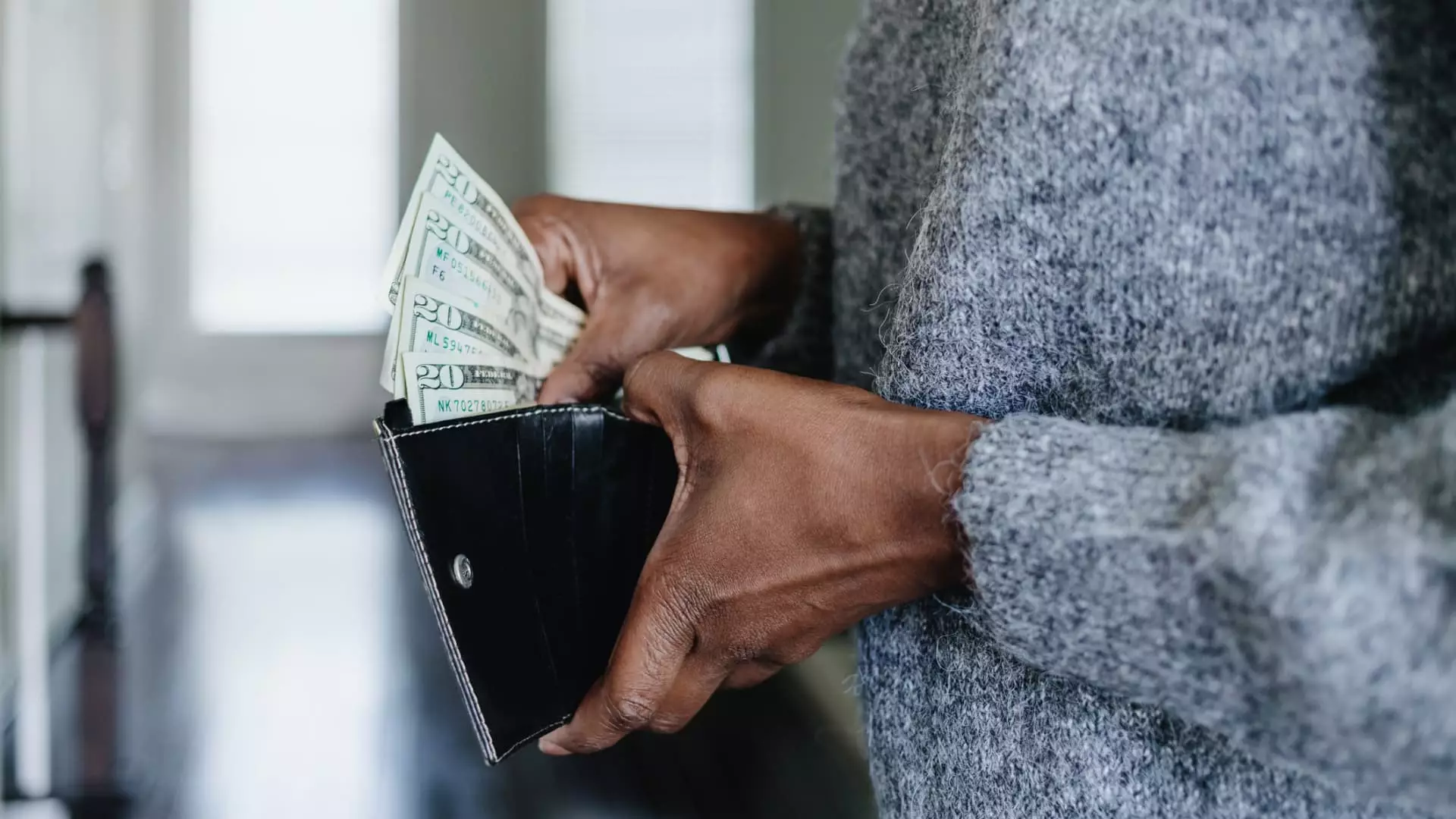The pandemic-inspired wave of indulgent spending, dubbed “revenge spending,” has crashed and burned, replaced by a surprising and arguably healthier trend: “revenge saving.” Far from the carefree shopping sprees of recent years, Americans are now increasingly cautious, choosing to bolster their personal savings instead of blowing their disposable income on luxuries. The notion that consumers, after years of forced restraint, would emerge eager to spend was always somewhat naive. Economic uncertainties and geopolitical tensions have curtailed that impulse, instigating a behavioral shift that may reflect a more mature relationship with money.
Why the Savings Rate Surge is More Than Just a Number
Data from the Bureau of Economic Analysis tells a compelling story: the U.S. personal saving rate surged from 3.5% at the end of last year to peek at 4.9% in April 2025 before settling to 4.5% in May. While these percentages may appear modest at first glance, the upward trend carries a powerful message. It reflects a collective move toward financial prudence as Americans brace for an unpredictable future marked by inflationary pressures, volatile markets, and uncertain job prospects. This defensive behavior is not mere frugality; it’s a strategic recalibration toward long-term financial health.
Social Media and the Rise of the “No Buy” Movement
Interestingly, this shift isn’t confined to traditional financial advice circles. Social media platforms like TikTok and Reddit have become unlikely incubators for a grassroots savings movement. The “no buy” challenges popularized online emphasize cutting discretionary spending, cancelling unused subscriptions, and eschewing non-essential travel. These trends suggest an organic cultural reconsideration of priorities — a collective recalibration away from consumerism-driven identity toward a more resilient financial mindset. This convergence of digital culture and financial conservatism offers a fresh lens through which to view American spending behavior.
Emergency Funds: The Cornerstone of Financial Peace of Mind
Vanguard’s recent survey reveals a critical insight: a vast majority—71% of Americans—plan to prioritize emergency savings during the summer of 2025. This reprioritization is not only prudent but necessary. Traditional wisdom advises setting aside three to six months’ worth of living expenses as a safety net. Yet in today’s climate of economic uncertainty, this is a minimum benchmark. Americans with volatile incomes or single earners may require even larger cushions. The value of emergency savings extends beyond mere numbers; it drastically lessens the mental burden of financial insecurity. According to Dina Caggiula of Vanguard, adequate emergency funds can halve the time workers spend worrying about their finances—a compelling argument for saving as a form of mental health care.
More Than Just Savings: Retirement Contributions Hit New Highs
The newfound emphasis on saving isn’t only about immediate liquidity. Retirement savings are reaching unprecedented heights too. Fidelity reports that the average 401(k) contribution rate climbed to an impressive 9.5% in Q1 2025, breaking records. This reflects a broader cultural recognition that long-term financial security cannot be left to chance. Innovations like automatic enrollment and escalation in retirement plans have lowered barriers for workers, nudging them gently but effectively toward greater contributions. This dual focus on short-term emergency savings and long-term retirement planning signals a more sophisticated approach to financial planning emerging across American households.
Underlying Fears: Economic and Social Uncertainty Fuel Caution
Beneath the surface, the rising saving rate tells a story of anxiety. Americans are facing a cocktail of worries, from tariffs and inflation to the geopolitical instability and social unrest rippling globally. The specter of rising interest rates compounds that unease, turning financial decisions into urgent risk assessments. Charlie Wise of TransUnion perceptively frames this as anticipatory or defensive behavior—a rational strategy to ensure liquidity in the face of unknown threats. The mindset behind “revenge saving” isn’t asceticism; it’s a pragmatic response to an unstable world where the cost of complacency is high.
A More Balanced Economic Future?
The new American economic ethos, centered on savings and financial prudence, holds promise if balanced correctly. Personal saving—once ridiculed as thriftiness bordering on stinginess—can provide a foundation for durable economic growth by reducing dependency on debt and cushioning against shocks. However, it also risks dampening economic dynamism if caution tips into excessive restraint, curbing demand for goods and services vital to job creation. Policymakers need to recognize both edges of this trend, encouraging stability without stifling opportunity. Ultimately, this financial recalibration may be a sign of a maturing economy that values sustainability over short-term gratification.
By embracing a savings-first mentality without sacrificing optimism about the future, Americans could build a resilient, equitable economic landscape that better weathers the uncertainties of our times.

